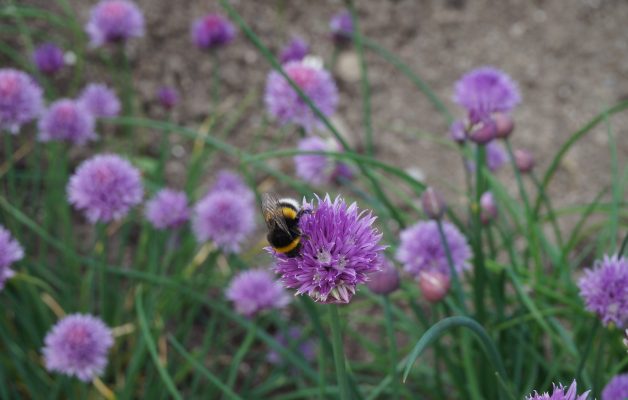Connecting With Nature
by Kieran Flood
Published July 10th 2024

Mother of Pearl Moth
Taking time to connect with nature is a valuable exercise for our wellbeing and for nature too. Most of us feel a sense of belonging and joy when we spend time in nature. This is sometimes referred to as biophilia and it is commonly recognised to be beneficial for our wellbeing.
One way to create a regular opportunity for yourself to spend time in nature is to partake in nature recording citizen science projects. This will help you to stop and really look at or listen to what is around you. The feature article in our latest issue of Irish Wildlife Magazine (to get your copy, join IWT today) by Bat Conservation Ireland covers some volunteering options for citizen science, including bat surveying. Bat surveying is a unique way to engage with nature as it involves spending time outside at dusk and after dark – a magical time when nocturnal animals are more active and our ears tune into noises in the dark. In this article we will look briefly at an important daytime citizen science action you can easily carry out in your back garden or local park – the Flower-Insect Timed Count or “FIT Count”.
The FIT Count is a survey designed to monitor changes in abundance of pollinating insects by recording the number of insects visiting flowers. Pollinating insects are dependent on flowers as their source of food. For example bees take both the sweet nectar and the protein rich pollen of flowers to feed themselves and their young back in the nest. One of the best ways to spot pollinators is to stop and look at the flowers themselves. The plant-pollinator relationship is one that evolved slowly over time and while observing pollinating insects you will invariably learn more about their relationship with plants, getting a glimpse into the connectedness of the networks making up our biosphere.

White-tailed bumblebee on Alium
The FIT Count survey is being run by the National Biodiversity Data Centre, who also run the All Ireland Pollinator Plan. FIT Counts are very simple to do, you just observe a patch of one of the target species of flowers for 10 minutes and count how many insects visit. You do not need to identify the insects visitors down to species level – you simply record the number of insect in each broad group e.g. bumblebees, butterflies & moths and beetles. The target flower species are Dandelion, Buttercup, Hawthorn, Bramble, English Lavender, Common Knapweed, Heather, Hogweed, White Clover, Red Clover, Ragwort, Thistle, Buddleja, and Ivy. Below are some instructions on how to engage.
You can record your finding using an app or a paper form. For access to the app and form and for more details visit the survey webpage here https://biodiversityireland.ie/surveys/fit-counts/
In one way the survey is a simple and enjoyable experience in observing nature but it is also a powerful data collection method helping us learn about changes in pollinating insect numbers over time. Why not take ten minutes to step outside and connect with nature while helping important conservation research?
The Irish Wildlife Trust is a partner organisation of the All Ireland Pollinator Plan 2021-2025.

The Irish Wildlife Trust is a funded by the Heritage Council
